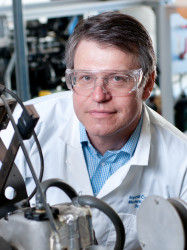BibTex format
@inproceedings{Karlis:2019:10.2514/6.2019-0675,
author = {Karlis, E and Hardalupas, I and Taylor, A and Rogerson, J and Sadasivuni, S and Stopper, U and Stöhr, M},
doi = {10.2514/6.2019-0675},
publisher = {Aerospace Research Central},
title = {Thermoacoustic phenomena in an industrial gas turbine combustor at two different mean pressures},
url = {http://dx.doi.org/10.2514/6.2019-0675},
year = {2019}
}

